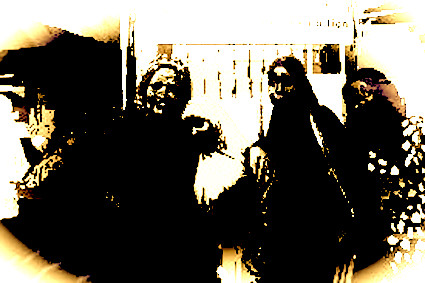Borders and camps across Africa are using biometrics to track refugees. For those who are stateless, “fraud” can allow for the smuggling of truths into administrative lies, writes Keren Weitzberg.
Mahad was born in Kenya — a fact that neither his passport, nor carefully scripted biography suggests.
For decades, Kenyan Somalis (citizens of Kenya who also identify as Somali) have faced discrimination in accessing legal documents, including national identity cards, passports and birth certificates. To even be considered for a national ID, requires undergoing an intimidating, invasive vetting process to assess the authenticity of their claims to citizenship.
This process alone excludes many legitimate citizens from obtaining this crucial document. Without an ID in Kenya, one cannot enjoy many basic political and economic rights. These include opening a bank account, registering a SIM card, gaining formal employment, entering into government and corporate offices, and even moving about freely.
Like many Kenyan Somalis, Mahad ran afoul of registration agents when he tried to register for a national ID. He faced particular difficulty because his family structure defied easy ethnic categorization. Stuck in an impossible position, he turned to one of the few avenues available to him: passing as a refugee.
For decades, government officials and NGO workers have struggled to distinguish between refugees fleeing from Somalia and local Somalis with Kenyan citizenship. In recent years, states and international bodies have turned to techno-political solutions to this elusive problem.
In 2007, the UNHCR introduced fingerprint and later iris scans to Kenya’s refugee camps. The UNHCR has also worked closely with the Kenyan government to identify cases of “double registration” (people who possess a Kenyan ID card or are on record as having applied for one). Through capacity-building programs, they have strengthened the Kenyan state’s ability to carry out refugee registration. The National Registration Bureau of Kenya is now able to run the fingerprints of any person who applies for a national ID through the government’s refugee database, ensnaring people engaged in such doubling acts in legal limbo.
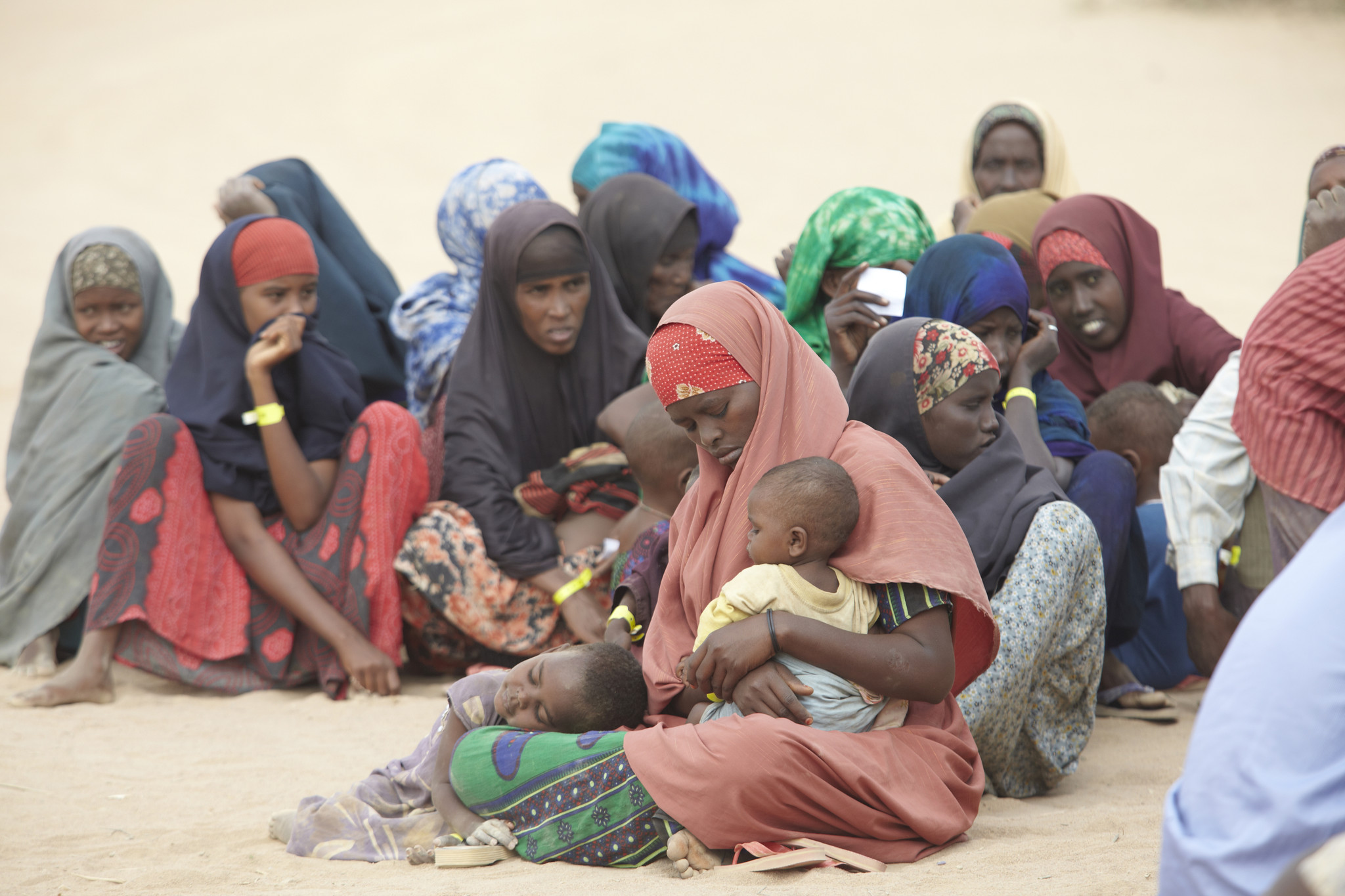
New arrivals wait to get processed at the Dadaab refugee camp in Kenya, July 25, 2011. (Oxfam East Africa, CC BY 2.0, Wikimedia Commons)
A biometric trail also follows African asylum seekers and migrants who make their way to Europe.
The International Organization for Migration (IOM) has implemented systems for capturing fingerprints and facial images at border points across 16 African countries.
Such measures outsource border security, bringing technology deep into African states and along migration routes and strengthening the ability of Western nation-states “to prevent would-be asylum seekers from reaching their territories where their claims would be heard.”
Migrants who manage to reach European shores are likely to have their fingerprints captured on the EU’s European Asylum Dactyloscopy Database (EURODAC), which identifies countries of first asylum.
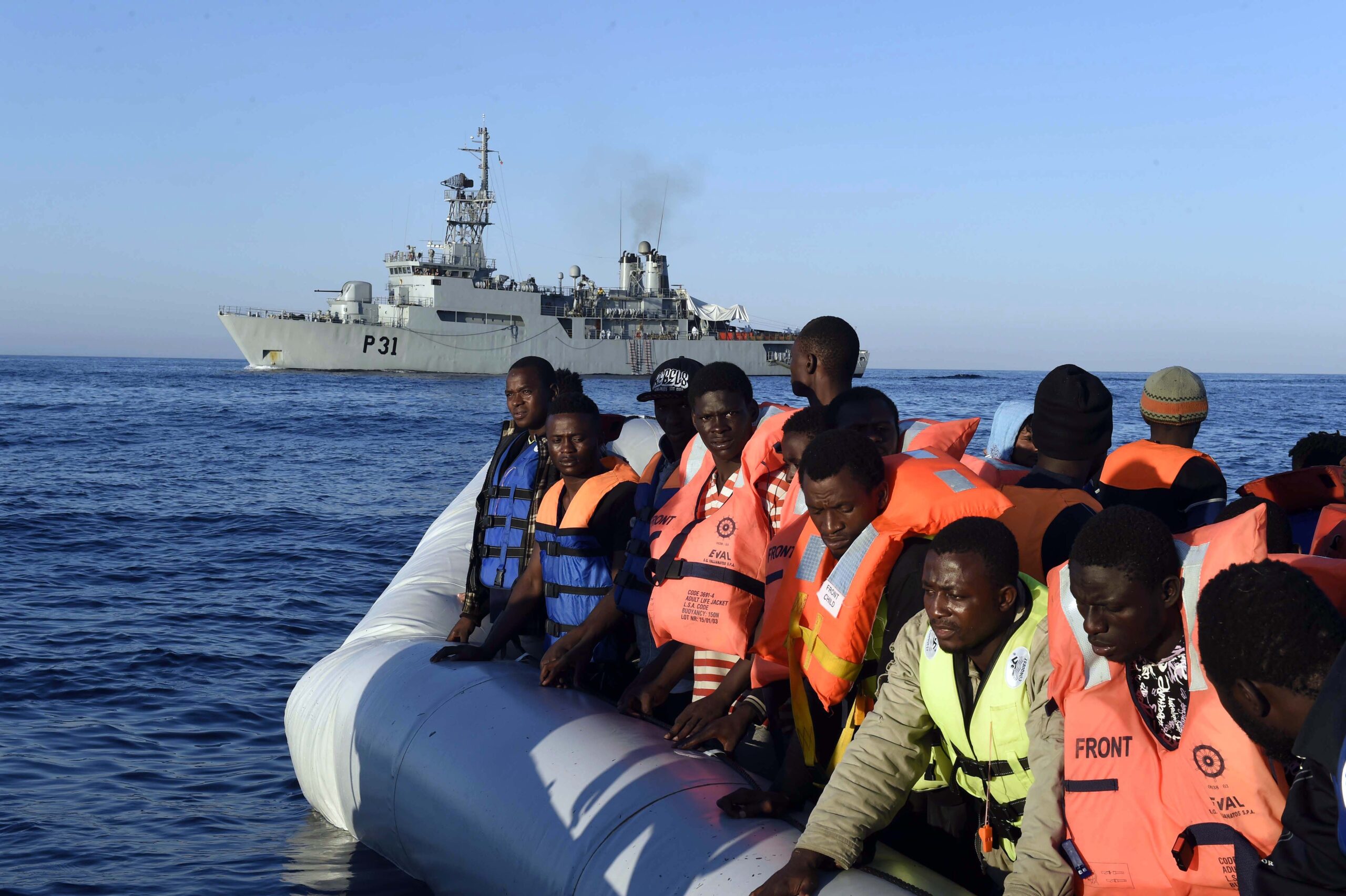
Rescued migrants are brought to southern Italian ports, June 28. 2015. (Irish Defence Forces, CC BY 2.0, Wikimedia Commons)
Had Mahad been born a few years later, his life trajectory would have likely looked very different. However, he was lucky to have come of age before the 9/11 securitization of borders, before the fever for biometrics had captured the imaginations of governments, intergovernmental bodies and humanitarian organizations.
Mahad’s story begins with his enterprising and eccentric maternal grandmother, Khadija. As a young divorcée, Khadija moved from Italian Somaliland to Kenya in the late 1940s, during the waning years of British colonial rule. She settled in Narok, a predominately Maasai area in the south of the country, where she started a successful retail business and became known around town for her wit, business acumen, and occasional lapses into unreality. She soon caught the eye of a wealthy elder Maasai woman who claimed her as a long-lost daughter, adopting Khadija though she was already well into adulthood. When she died, Khadija inherited a portion of her property. This is how she came to stay in Narok, where she raised several children, including Mahad’s mother.
Relocating
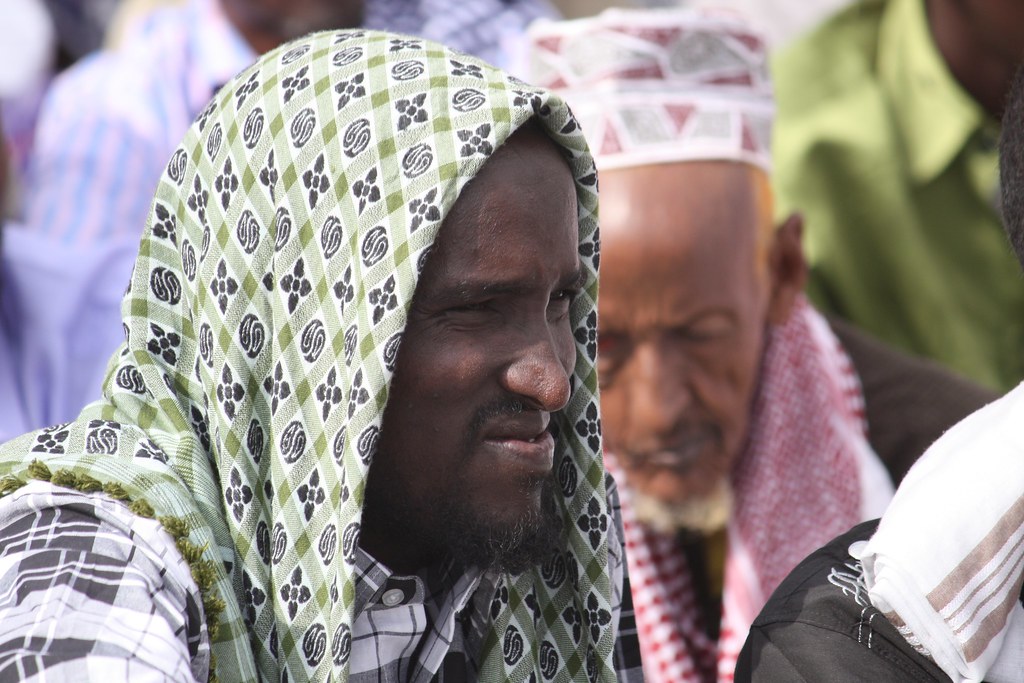
“Faces of Dadaab.” (Riyaad Minty,Flickr CC)
Mahad was born in the 1970s, one of only a few Kenyan-Somali children in this largely Maasai area. When he was little more than a toddler, his father decided to relocate the family to Wajir in northern Kenya, where they could live amongst his extended family.
Moving from Narok to his father’s birthplace created unanticipated problems for Mahad — problems that only revealed themselves when he reached 18, the age when Kenyans pass through a standard rite of passage: acquiring a national ID.
For Mahad, obtaining this routine yet crucial document proved impossible. Registration agents in northern Kenya refused to process his application, redirecting him to the birthplace listed on his birth certificate. Yet, to officials in Narok he was an outsider. The kinship ties laid down by his grandmother had been lost to the stream of time. No local chief was able to pen a letter on Mahad’s behalf verifying his parentage, even though his mother had been born in the area.
As a Somali, one’s citizenship status in Kenya is often called into question. As a stranger and minority in the region, Mahad was doubly suspect. Shuffled back and forth between Narok and Wajir, he found himself hedged into that ostracized category: the stateless.
Echoes of Empire
Echoes of empire reverberated throughout this experience. Under British rule, Kenyans were governed according to their designated tribe. After introducing fingerprint-based ID cards in the early 20th century, the British colonial regime had insisted that Africans register in their native reserves, their putative ethnic homelands. This ethno-territorial logic — the idea of affixing people to paper to territory — had left an enduring mark on Kenya’s post-independence ID system.
After two tiresome years of trying, unsuccessfully, to acquire a national ID in both his birthplace and hometown, Mahad took a different route. Across the border in Somalia, he could easily obtain a passport.
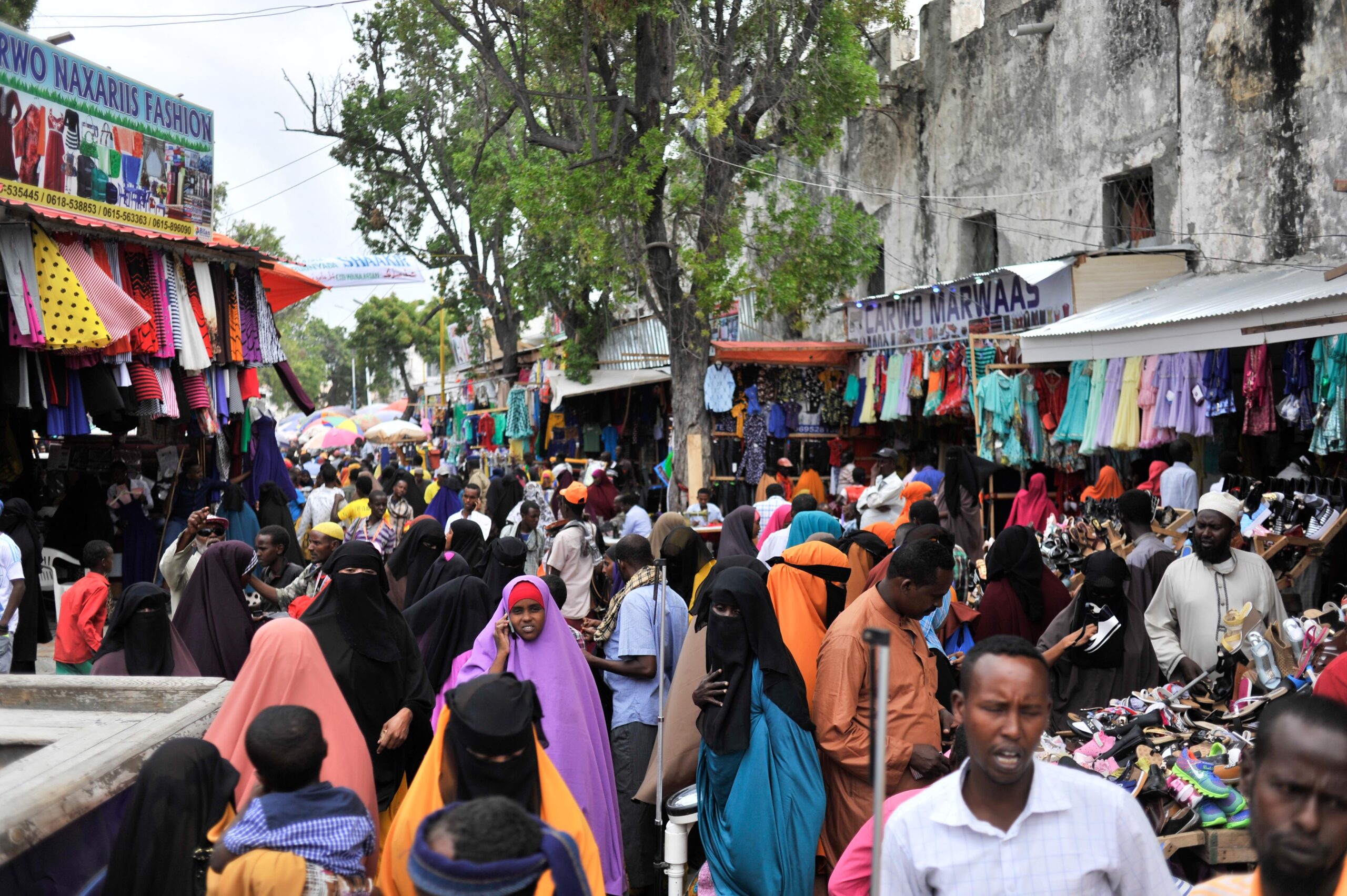
Shoppers ahead of Eid celebration in a market in Mogadishu, the capital of Somalia, 2016. (AMISOM, Ilyas Ahmed, CCO, Wikimeda Commons)
The Republic of Somalia had long championed a pan-ethnic project that embraced all Somalis as members of its imagined nation, regardless of whether they were born in a neighboring country. Somaliness may be no less contested a category than Kenyaness, but Mahad fit the part. Somalia was perhaps the only country that would accept him without question.
After Mahad acquired a Somali passport, the family paid an NGO official to smuggle him aboard a humanitarian flight to Europe, where he claimed asylum. Today, he is a Swedish citizen. When Mahad reentered to Kenya for the first time to visit family, he did so as a foreigner. It was a homecoming on a tourist visa.
According to the letter of the law (international humanitarian law, to be exact), Mahad was not a refugee: a person forced to flee their country because of persecution, war, or violence with a well-founded fear of returning home.
Yet, passing as one—gaining refuge under an adopted nationality — was one of the few ways out of a life teetering upon statelessness. The slow violence of bureaucratic indifference had denied him access to his natal citizenship. Adopting an assumed nationality offered him a way out. This is the type of strategy, the kind of creative corruption, employed by those pushed to the margins of political systems.
Tying Legal Status to the Body
Biometric identifiers have offered the enticing promise of tying legal status directly to the body, closing the distance between the copy and the original, eliminating the possibility of mimicry and fraud.
Indeed, digital biometrics can curb certain kinds of fraud, bribery, and forgery (even as it makes corruption a more expensive, high-tech endeavor). Integrating and centralizing national and refugee databases may make it easier for authorities to detect people like Mahad, who do not so much fall through the cracks as operate within them.
Notwithstanding, it is worth asking what (and who) gets lost when countries and international bodies turn to such automated biometric solutions. Data gaps, administrative failures and clunky analog systems have caused myriad challenges for those at the mercy of dispassionate bureaucracies. They have also provided people forced to assume false identities — especially those who blur the line between citizen and refugee — room to maneuver complex, transnational lives.
In many cases, “fraud” can allow for the smuggling of truths into administrative lies.
Keren Weitzberg researches problematics related to mobility, border-crossing, race-making and biometrics.
Source: Africa is a Country
























